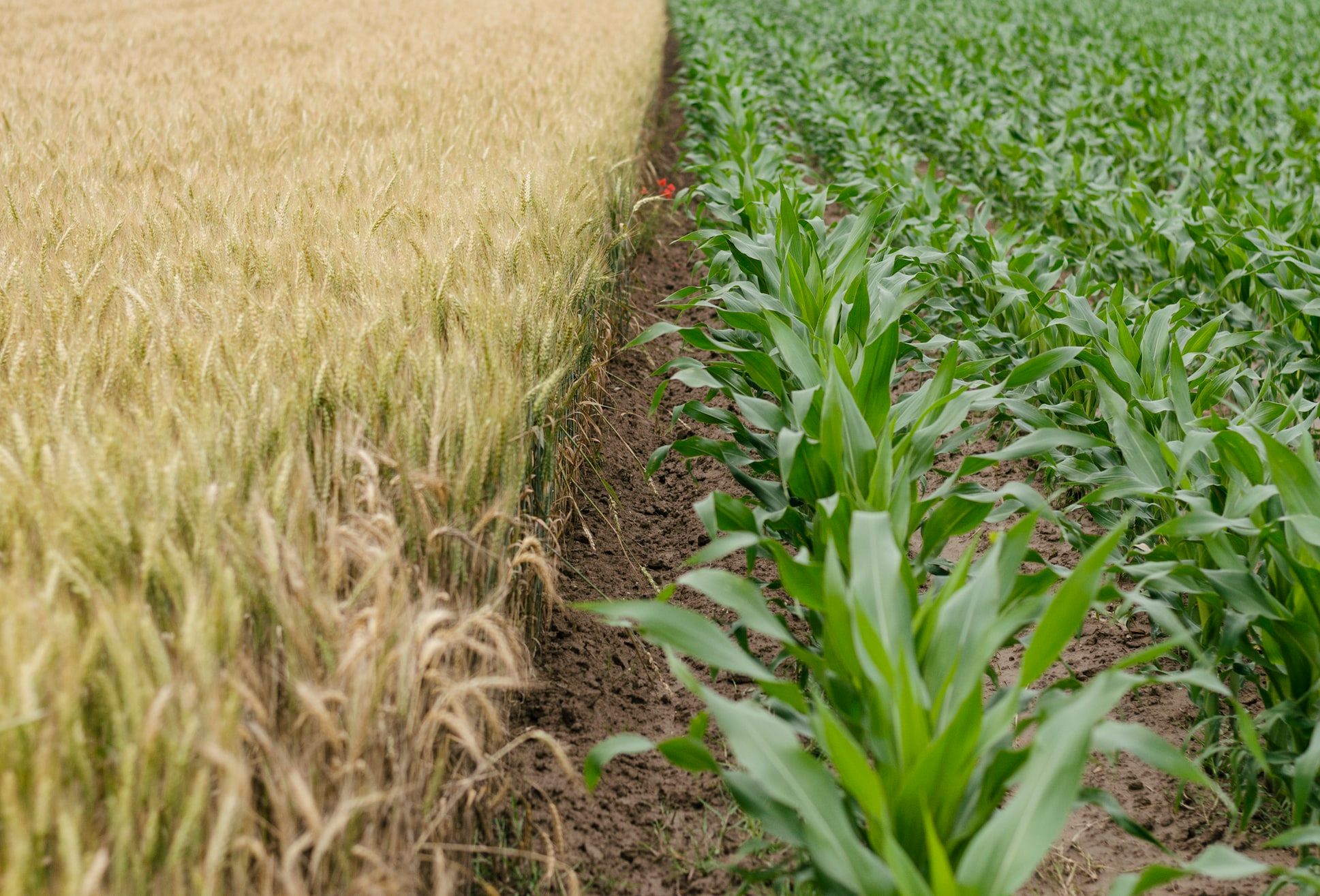“Put simply,” writes Thomas Hager, author of The Alchemy of Air, the invention of industrial nitrogen production, “is keeping alive nearly half the people on earth.”
But applying enough industrial nitrogen fertilizer to the soil to feed half a planet has repercussions.
As the scientific journal One Zero notes, “While nitrogen fertilizer deserves considerable credit for driving a century-long global increase in crop yields, it’s also nasty stuff. The chemical factories that produce the material expel as much greenhouse gas into the atmosphere as all of the houses in America combined. Fertilizer is finicky and its application is often wasteful. Because it’s easily washed away by rain, farmers are often forced to spend more time and money applying more fertilizer.”
And those applications soon add up. Every year farmers around the world use 120 million tons of nitrogen fertilizer, with an additional 54 million tons added to the soil via manure and atmospheric deposition. From this, almost 100 million tons of nitrogen are lost to the environment either as runoff or vaporization.
According to the UN funded International Nitrogen Management System, the world needs to cut the amount of agricultural chemicals it uses in half by 2050, or else prepare for severe environmental impact from polluted rivers, lakes, and oceans.
The challenge is replacing something so vital for putting food on everyone’s table, with something that is still profitable for farmers.
One possible solution is biofertilizer; adding microbes to the soil which can convert nitrogen in the air to a soluble form. However, many agrichemical suppliers still question if packets of tiny creatures are good value for money.
Do the Economics of Biofertilizers Add Up?
One such person putting biofertilizers to the test is Jake Misch, a fourth-generation farmer from Indiana. Like every farmer, Misch needs to keep an eye on his bottom line very carefully if he is to turn a profit.
The devil is in the detail to making money from farming. Too much input wastes money and damages the environment, not enough harms yields. As One Zero explains, “Farmers usually ‘side-dress’ their corn crops, applying a bit of fertilizer about a foot away on either side of their rows of growing plants. Over time, a corn’s roots intersect with nitrogen-rich soil, taking up fertilizer to the stalk as a result. Misch typically uses 200 pounds of nitrogen per acre of corn across a farm with 1,300 acres dedicated to the crop. At today’s market prices, that works out to a cost of almost $90,000 per year on fertilizer alone. That’s still not taking into account excessively rainy days, which can wash nitrogen from the field. The only way to mitigate that runoff is dumping more fertilizer, to the detriment of both the farmer’s check book and the environment downstream.”
To avoid these issues Misch has looked into using biofertilizer. The data he has been given, shows that the biofertilizer Pivot Bio can provide a season-long stream of nutrients to his crops, potentially increasing corn yields by eight bushels (1 bushel is about 35 kg) per acre. At present, Misch’s goal is to produce 170 bushels per acre.
Applying the biofertilizer should provide him with an additional 203 kilos of corn per acre.
If he can get 15 cents a kilo, then the biofertilizer should yield him an additional $30 per acre. Consequently, Misch has bought 16 boxes of microbes at about $100 each, enough for 80 acres.
A $1,600 investment in biofertilizer to yield an additional $2,400 worth of corn. An extra $800 from a trial over 80 acres.
If successful, then expansion on to the other 1,220 acres set for corn on Misch's farm could be very lucrative.
Of course, this calculation assumes that the biofertilizer can boost yields as claimed. Five years of trials and field testing says it will, but Misch needs to wait until harvest time to find out.
It also assumes that he can get 15 cents a kilo (about $4 per bushel) at market, when corn prices are incredibly flexible and unpredictable.
“I hope it works,” says Misch. “I hope we see good results. I think we will. But time will tell.”

Karsten Temme, who co-founded Pivot Bio in 2011, is more confident, and sees the steps that farmers like Misch are taking as the beginning of a biofertilizer revolution. “We’re entirely motivated to help farmers keep their family businesses alive and improve their economics, especially in places that are still developing around the world,” he says. “So, we’ve got microbes in the pipeline for more crops, and microbes in the pipeline that do even better at supplying more nitrogen to corn.”
At present, their biofertilizer product works alongside traditional nitrogen fertilizers, however the company’s goal is for the microbes to work efficiently enough that they need no support. As a result, two-thirds of the 90 employees are involved in microbe research and development.
So far, this investment has paid off, with the first commercially available biofertilizer for corn now sweeping across America. If the numbers are correct, then it is certain that more and more will follow Misch’s path to testing microbes out on their own fields.
If and when biofertilizer efficiency is perfected, then these tiny microbes may well spell out the end for the nitrogen fertilizer industry, helping farmers stay profitable, keeping people fed, and maintaining a healthy planet.
Photo credit: Nutrientchallenge, Pmrpressrelease, Cropnuts, & PrecisionAG
